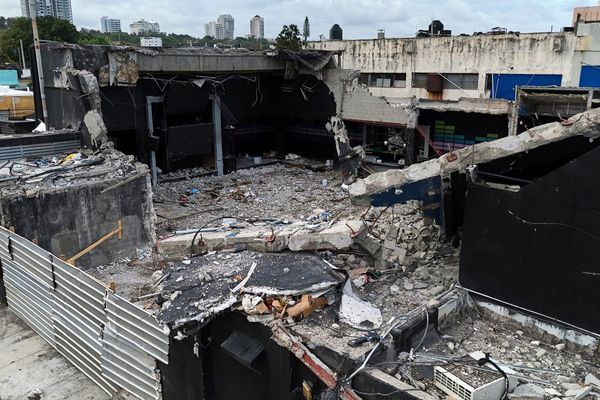CAPE CANAVERAL, Fla. _ SpaceX lifted off with NASA's planet-hunting TESS satellite Wednesday, delighting science and space fans who anticipate the spacecraft may discover planets that could harbor life. The space company also successfully landed the first-stage booster on a barge 300 miles offshore in the Atlantic, the 24th time it has done so.
The launch was a precision maneuver, with a brief 30-second window at 6:51 p.m. EDT because the satellite had to get close to the moon to use its gravity in achieving its final orbit.
"A SpaceX launch with an exoplanet hunting satellite on top. Can't miss it!" said a tweet from one space fan, @GuillemAnglada.
The launch was scrubbed hours before the Monday window when the space company decided to conduct more analysis of the guidance, navigation and control systems. Launch windows are often about two hours.
TESS launched on a Falcon 9 rocket from Space Launch Complex 40 at Cape Canaveral Air Force Station in Florida.
TESS, which stands for Transiting Exoplanet Survey Satellite, is a telescope/camera that will hunt for undiscovered worlds around nearby stars, providing targets where future studies will assess their capacity to harbor life, NASA says.
With the help of a gravitational assist from the moon, the spacecraft will settle into a 13.7-day orbit around Earth. The orbit is carefully planned to account for the moon's gravity also.
The spacecraft will be looking for a phenomenon known as a transit, where a planet passes in front of its star, causing a periodic and regular dip in the star's brightness. NASA's Kepler spacecraft used the same method.
TESS is designed to concentrate on stars less than 300 light-years away, about 200,000 of them.
NASA says the satellite will begin its initial two-year mission 60 days after launch, following tests of its instruments. Four wide-field cameras will give TESS a field-of-view that covers 85 percent of our entire sky.
It's a NASA Astrophysics Explorer mission led and operated by the Massachusetts Institute of Technology and managed by Goddard. Orbital ATK manufactured and designed the TESS satellite.
SpaceX's VP for Mission Assurance Hans Koenigsmann said previously that the second stage of the rocket carrying TESS would not be recovered, and not de-orbited. But he said there was something new happening with the current mission _ SpaceX planned to fire the second stage of the Falcon 9 rocket to kick it out of orbit, so that it doesn't become space trash in orbit.







